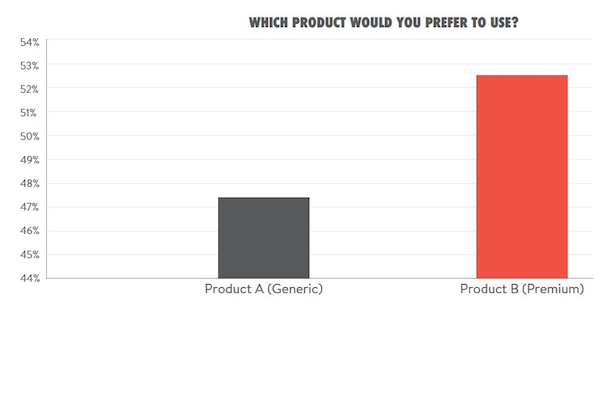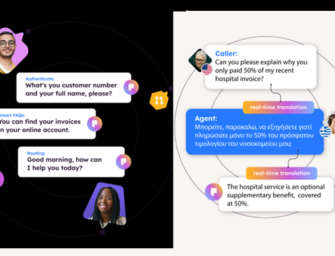Report: Smart Speaker Users Want High-Quality Sounds
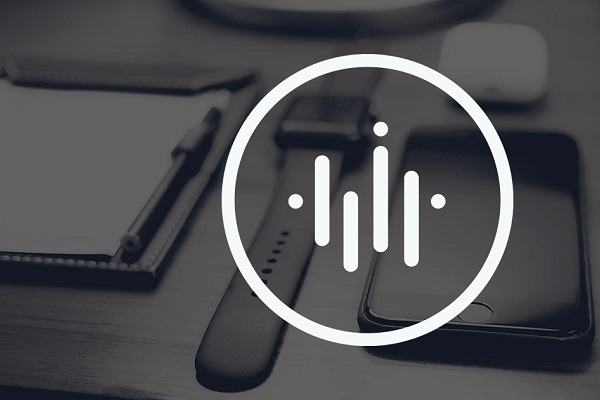
The right mix of tones and sounds can make all the difference in creating a positive experience for smart speakers, Bluetooth headphones, and related audio technology according to a recent report by Audio UX and Veritonic. The study measured the effect that earcons, the sounds devices make to notify users of what they are doing, have on how people interact with the devices and how they feel about them.
Happy Noises
Earcons convey a lot of information with a few beeps and chimes. They are the sounds indicating events like a smart speaker is listening, when it is turning on or off, or when it can’t connect to the internet. Audio UX and Veritonic surveyed 615 people to compare their reactions to customized, high-quality branded sounds compared to simpler, generic tones often included in basic app developer kits.
“We’ve been in the product and branding world for some time and we’d seen certain data on the emotional impact of music,” said Audio UX co-founder Eric Seay in an interview with Voicebot. “We wanted to push it to the next level and show the best practice compared to standard practice. We created an A/B test regarding smart products, comparing those with a holistic sound experience to ones that don’t have one.”
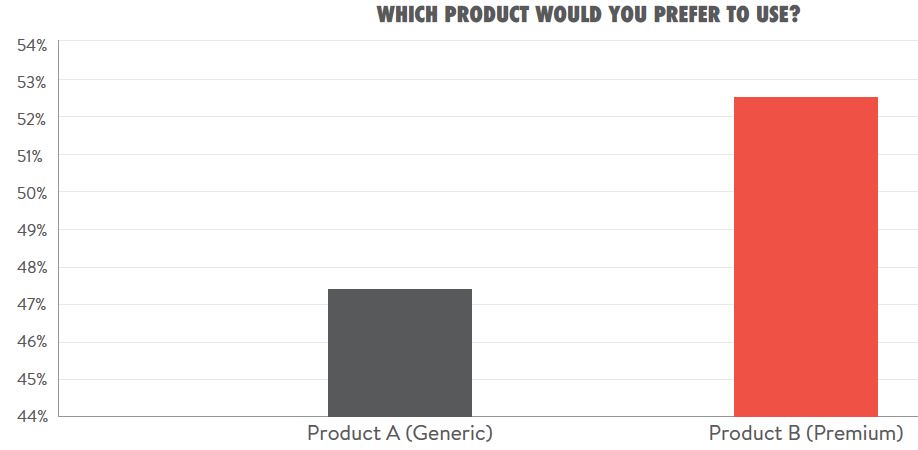
One would expect that high-quality sounds with a unified pattern would be liked and trusted more than their generic counterparts. But, the study found that users preferred having experiences with premium sounds only 50 percent more often than generic sounds. That said, premium sound experiences were described as more fun and trustworthy 30 percent more often than the generic ones.
Smart Sounds
Better earcon design has more utility than just a nicer sound for users. Some forethought into how each sound should convey information individually and as part of a larger ecosystem makes understanding them more intuitive. The study found that users connected the premium sounds with the action they were trying to convey 20 percent more often than with the generic sounds. That improved communication is likely related to how people were more likely to perceive personality infused into premium sounds.
“In those moments, if you can leverage branded sound, not only does it help the user understand what’s going on, it helps identify the brand with the positive experience,” Seay said. “If you use a beep for every interaction, it’s confusing and annoying.”
Branded sound
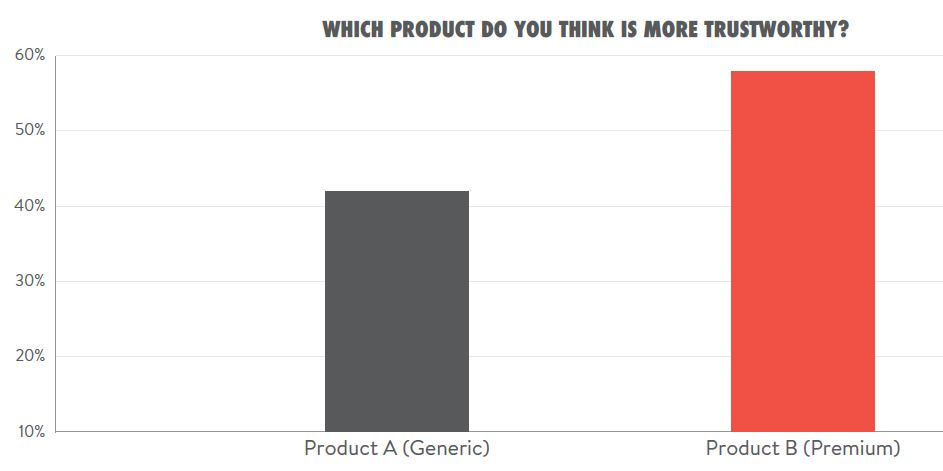 Most people living in the U.S. can immediately identify the sound of text message alert or an Apple computer booting up. According to the report, creating a similar sort of audio signature for smart speakers and headphones is a good way to improve the user experience.
Most people living in the U.S. can immediately identify the sound of text message alert or an Apple computer booting up. According to the report, creating a similar sort of audio signature for smart speakers and headphones is a good way to improve the user experience.
“The welcome sound is the key moment for a brand to showcase its sonic identity,” Seay said. “You want to have some kind of pipeline to bring custom branded sounds into the hardware experience.”
The idea of better earcons as a selling point for audio device makers isn’t new. But, there haven’t usually been actual numbers to point to their effectiveness. As smart speakers and their accessories continue to rapidly proliferate, sonic identities can help not only unify a brand but also attract and keep customers who like the sounds they use, Seay said.
“Sound ultimately will help build memory and recall of brand connections,” Seay said. “The difference between a generic beep and customized sounds determines the impact a product has on a consumer.”
Follow @voicebotai Follow @erichschwartz
New Data on Voice Assistant SEO is a Wake-up Call for Brands


